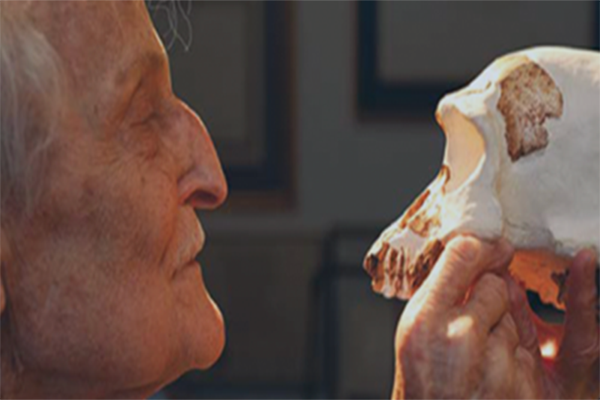About the Centre

With the Wits Centenary occurring in 2022 and as we approach the 100th anniversary of the announcement of the Taung Child fossil in 2025, the Universities Strategic Executive Team, led by Wits Vice Chancellor Professor Zeblon Vilakazi, has established the Centre for the Exploration of the Deep Human Journey to “future proof” the science of human origins and ensure that Wits remains at the centre of exploration, discovery and science in this important field of understanding humankind's African origins.
The Centre will embrace and engage in trans-disciplinary research, pursue cutting edge science and exploration, ensure Wits stays at the forefront of open access and collaborative science, and inspire the next generation of explorers, scientists and communicators to make an impact through scientific excellence.
Our goal is to build a sustainable, globally recognised science, exploration, and research programme designed to explore and expand our understanding of the deep human journey from its base in Africa where our story began. The Centre will engage with international institutions of excellence and their scientists and students, and train and empower the next generation of African scientists in this field.
The tremendous success in this field over the last several decades has garnered worldwide attention and acclaim. This is largely because Wits maintains a strong base for this science in Africa, near to where the discoveries may be made.









